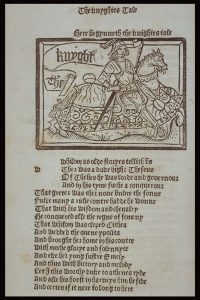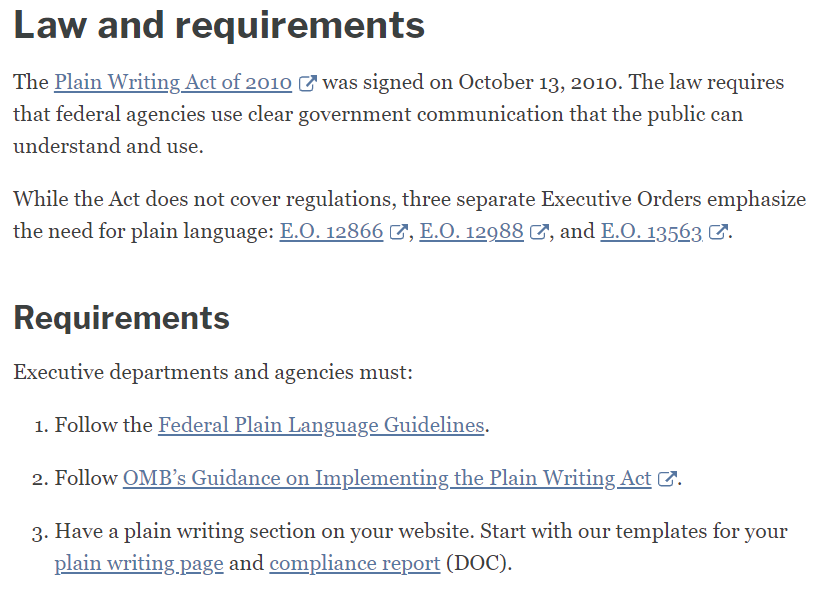Unit 2 — Plain Language & Technical Writing Style
Throughout history, we find numerous examples of public writing that are weighed down by grandiloquent language, redundancy, passive voice, and unnecessary description and information. Likewise, throughout history, we find pleas for writers to speak plainly. In his book Oxford Guide to Plain English, author Martin Cutts offers a historical look at calls for plain language:
 “In 14th-century England, Geoffrey Chaucer had one of his Canterbury Tales characters demand: Speketh so pleyne at this time, I yow preye That we may understonde what ye seye” (Cutts, xxvii)
“In 14th-century England, Geoffrey Chaucer had one of his Canterbury Tales characters demand: Speketh so pleyne at this time, I yow preye That we may understonde what ye seye” (Cutts, xxvii)
Cut to the year 1940, when Winston Churchill “found time amid the falling bombs to write a short memo called Brevity that told his servants he wanted shorter, clearer, jargon-free reports:
To do our work, we all have to read a mass of papers. Nearly all of them are far too long. This wastes time, while energy has to be spent looking for the essential points… The aim should be reports which set out the main points in a series of short, crisp paragraphs… Let us not shrink from the short expressive phrase, even if it is conversational… the saving in time will be great, while the discipline of setting out the real points concisely will prove an aid to clearer thinking.” (Cutts, xxix)
More than just a common-sense call from well-known names, however, the use of plain language was adopted throughout the 1900s, and officially became legislation in 2010.

Media Attributions
- canterbury tales
- plain language reform
